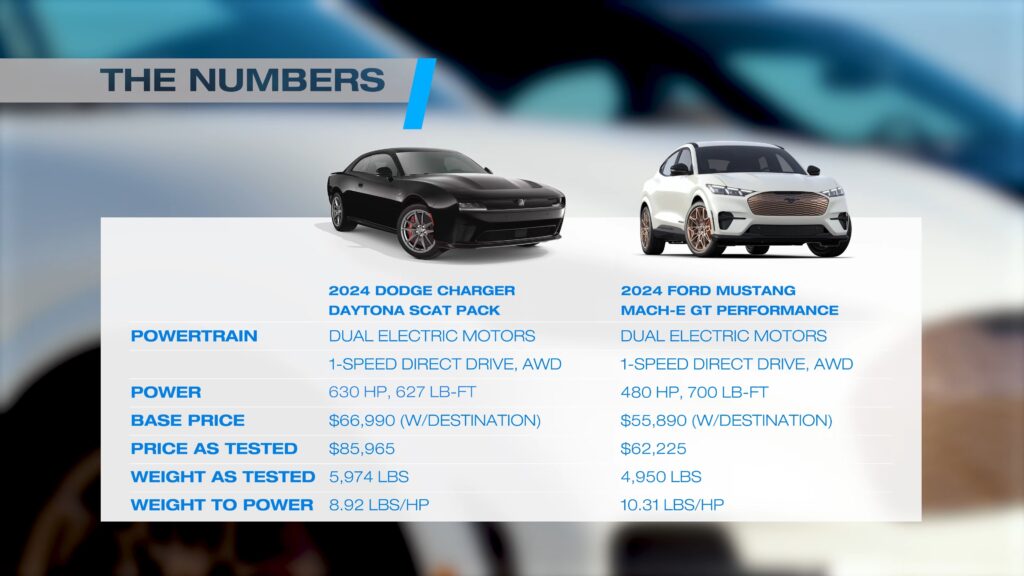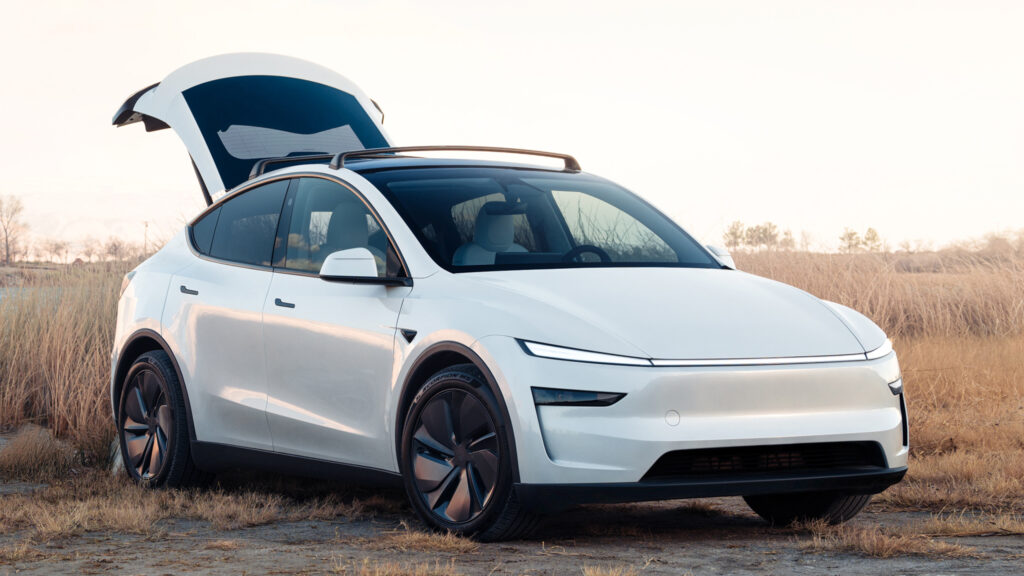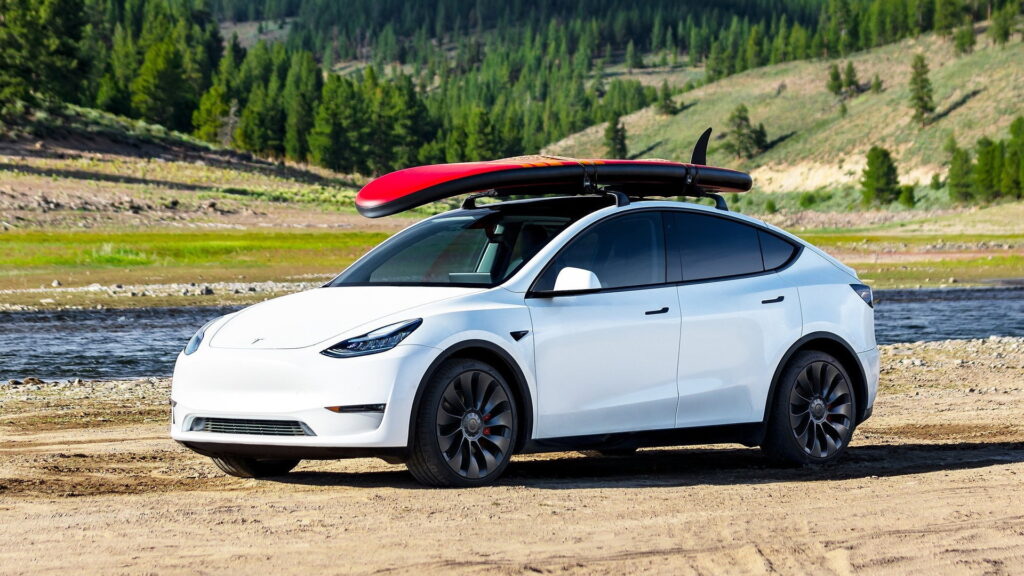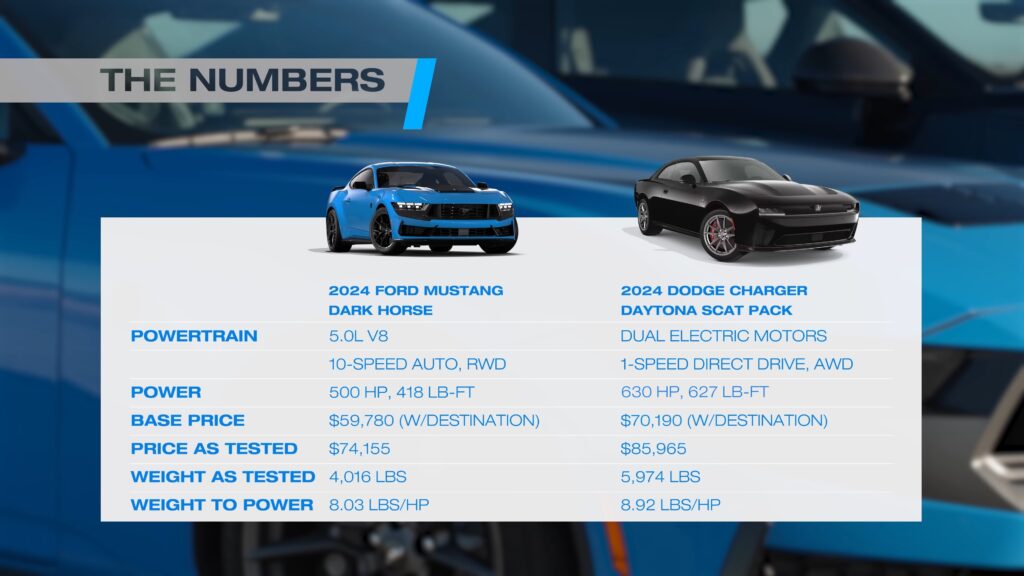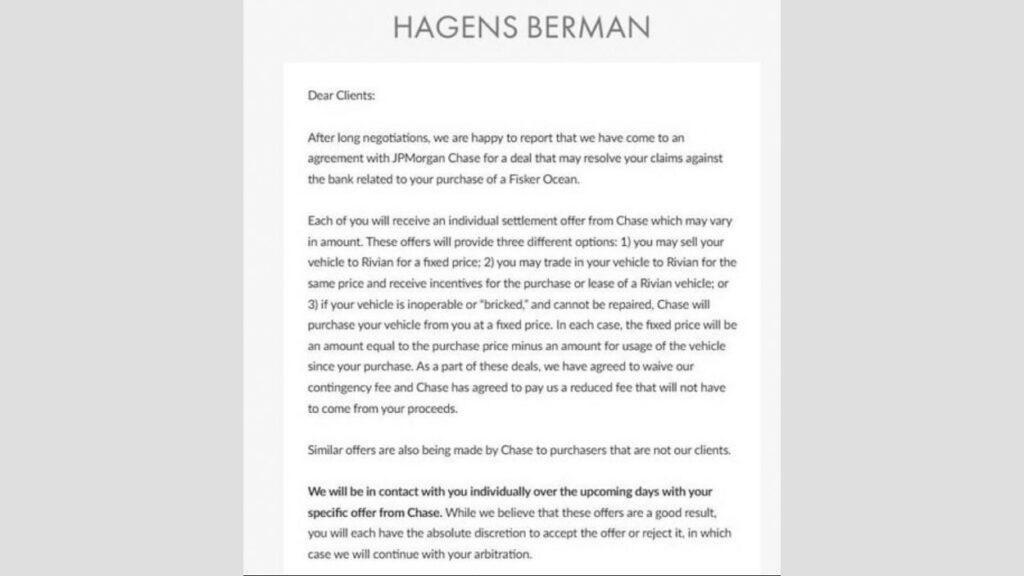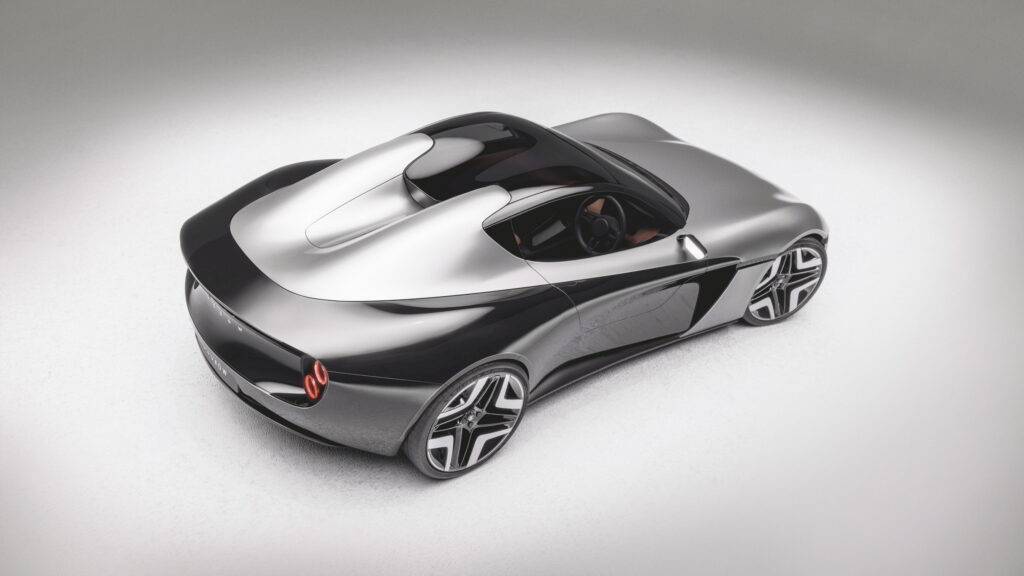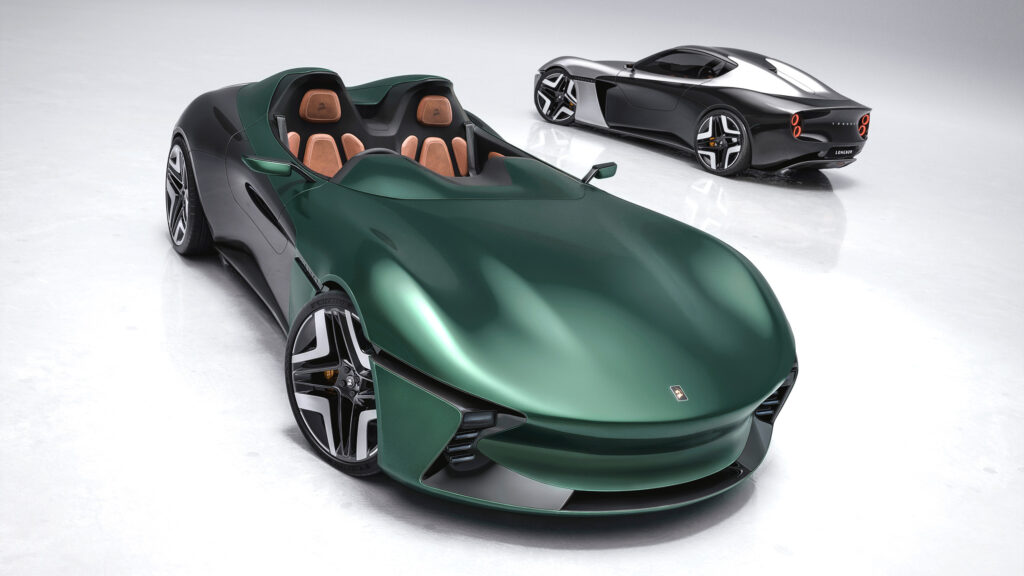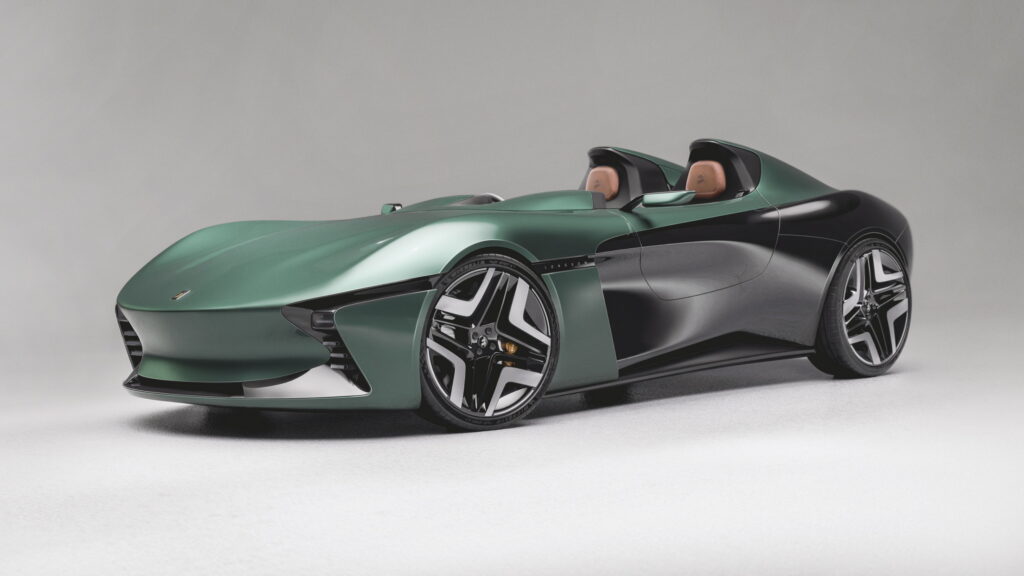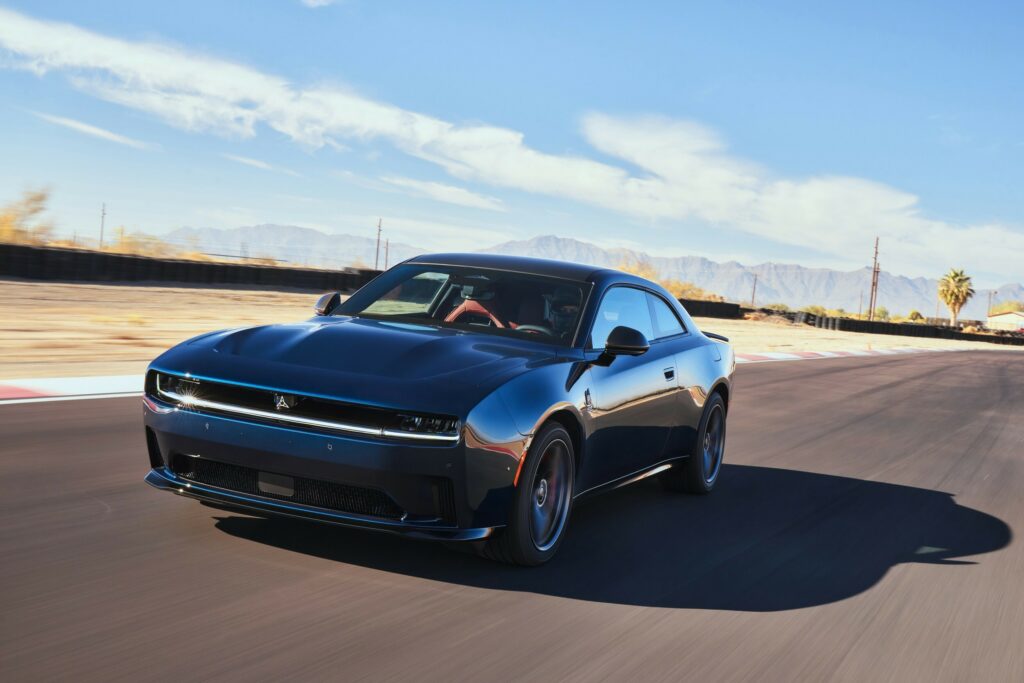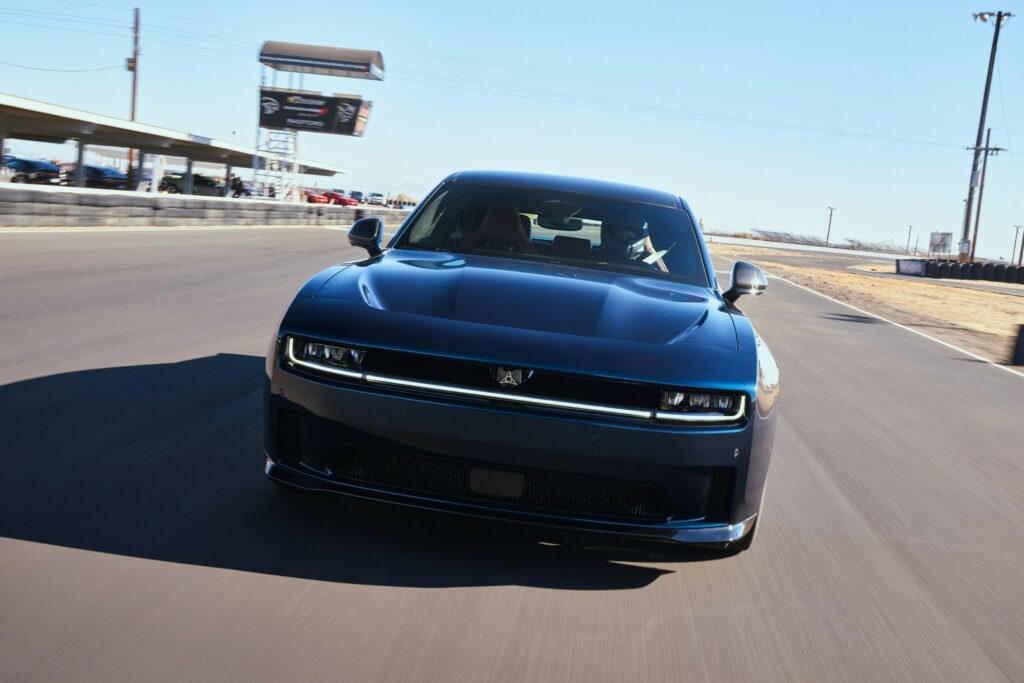McMurtry Spéirling Sucks So Much That It Just Made History By Driving Upside Down
- McMurtry Spéirling drove upside down using nothing but active downforce from fan technology.
- It’s the first demonstration of its kind after years of theorization that it’s possible to do such a thing.
- The demo opens new possibilities for performance safety and accessible driver-focused engineering.
Somebody call Jim Hall, because his wild idea of using a fan to stick a car to the road just got its ultimate validation—this time, upside down. More than half a century after the Chaparral 2J used fans to create ground-hugging downforce at any speed, the McMurtry Spéirling has shown just how far that tech can go. To put it plainly, it drove upside down, held to the surface not by gravity, but by sheer aerodynamic force.
Read: Rimac Nevera And McMurtry Spierling Show A Red Bull F1 Car What’s What
The Spéirling is a small but intensely capable electric supercar. Pretty much every time we talk about it, it’s breaking another track record. This time, though, it’s setting an all-new benchmark. It’s the first car in history to drive upside down while held to the ground by downforce alone.
999 Horses, Zero Chill
As a reminder, this tiny terror makes 999 hp (745 kW) and weighs just 2,200 lbs (1,000 kg). If those figures weren’t bonkers already, the car leverages a fan system that sucks the chassis to the ground. It can create an incredible 2,000 kg (4,400 lbs) of downforce at 0 mph (0 km/h). That’s how it just pulled off the coolest thing we’ve seen on four wheels in a while.
During the demonstration, if you can call it that, the Spéirling drove up a ramp onto a specially built platform. There, it engaged its “Downforce on Demand” system, sucked itself to the ground, and the the platform rolled. Only when the platform was 180 degrees from right-side-up did it stop. At that point, the driver moved the car forward while staying on the platform. Then, the entire rig finished rotating back to its original position, and the McMurtry drove off like it was another day at the office.
Behind the wheel for the stunt was Thomas Yates, Co-founder and Managing Director of McMurtry Automotive. “That was just a fantastic day in the office! Strapping in and driving inverted was a completely surreal experience,” he said. “The 2,000 kg of downforce that the fan system can generate is truly astonishing to experience, and it’s great to show the reason why our Spéirling continues to take records around the world.”
Yates added that this was just a taste of what the tech could achieve. “This demonstration was an exciting proof of concept using a small purpose-built rig, but is perhaps just the beginning of what’s possible. With a longer inverted track or a suitable tunnel, we may be able to drive even further! Huge congratulations and thanks to the entire McMurtry Automotive team, especially the engineers involved in the car and fan system’s design, they are the heroes of today.”
The Safety Implications
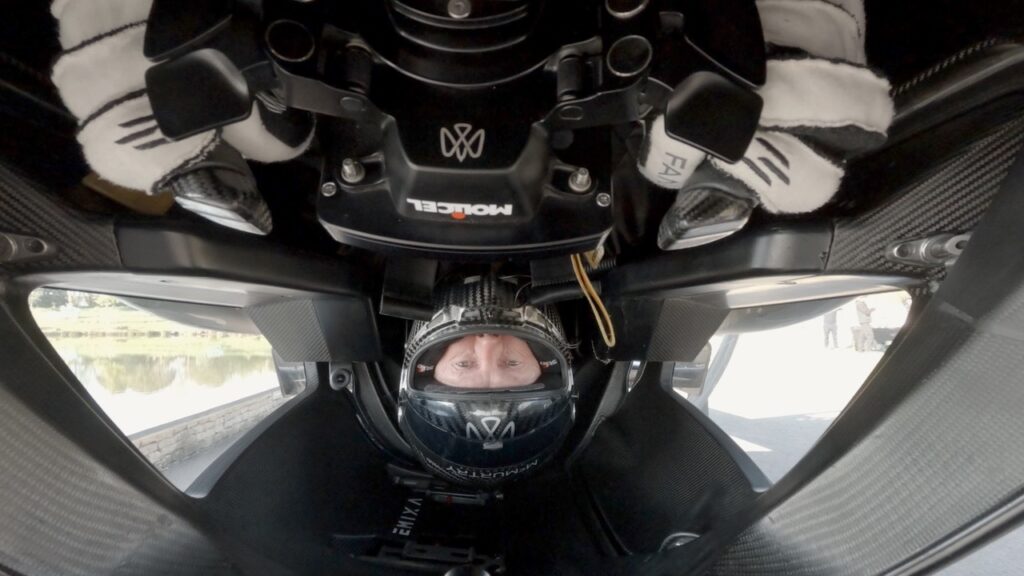
Perhaps the most interesting part of the stunt is what it implies for real-world performance—and more importantly, safety. Traditional race cars rely on speed to build downforce. That means during slower sections, spins, or emergency maneuvers, they lose grip when it’s needed most. McMurtry’s fan system flips that logic by providing full downforce even when the car’s barely moving.
“The amount of grip and downforce available means that application of the brakes will often see them (the driver) stop almost immediately, often while still on the tarmac,” says McMurtry. What that means for customers is a safer and more approachable experience.
Which brings us to one of the brand’s core goals: making record-breaking performance accessible to actual driving enthusiasts. And with this kind of tech, it’s not just about going faster. It’s about being able to do so with control, confidence, and—if you really want to flex—upside down.
